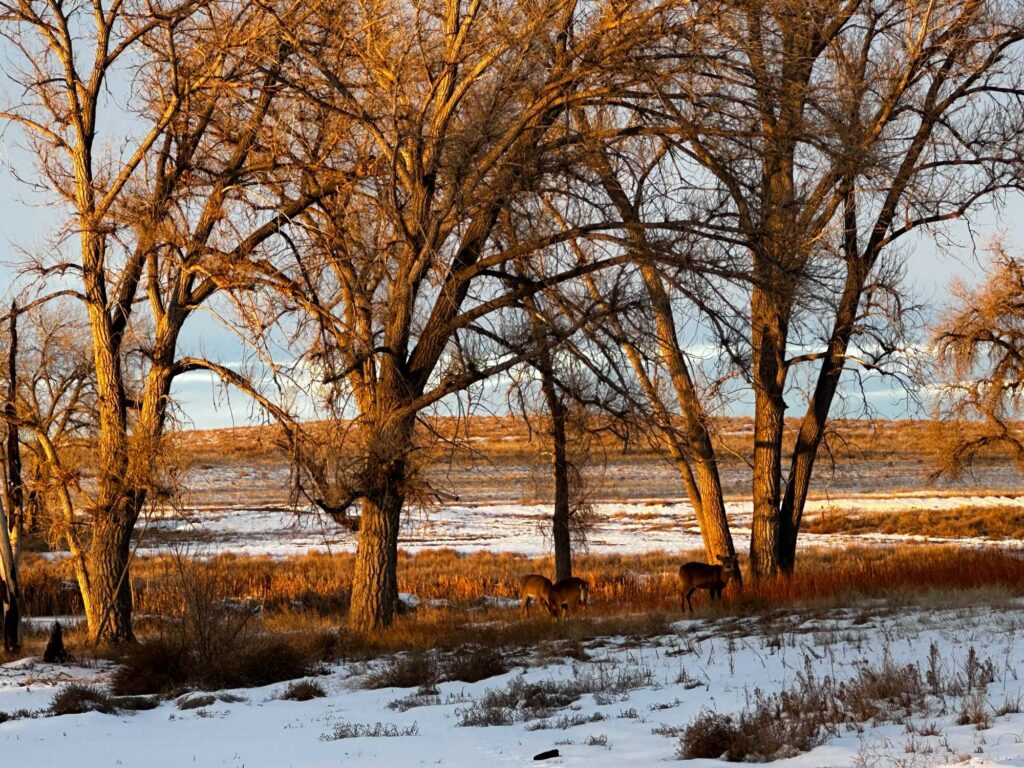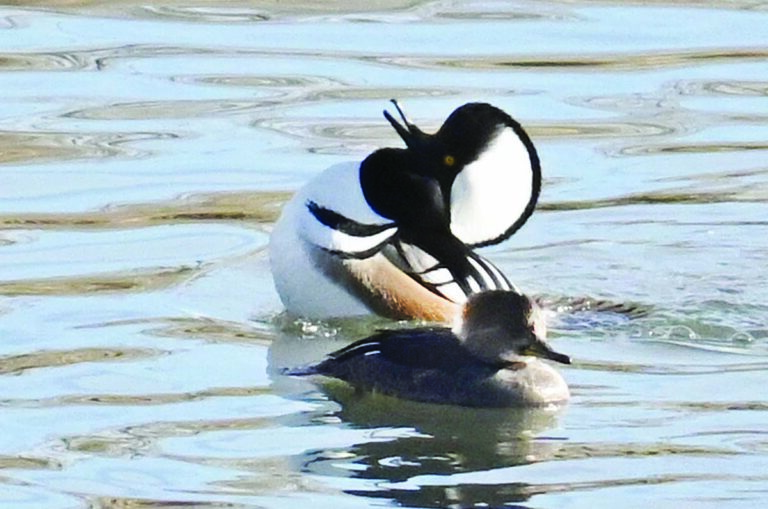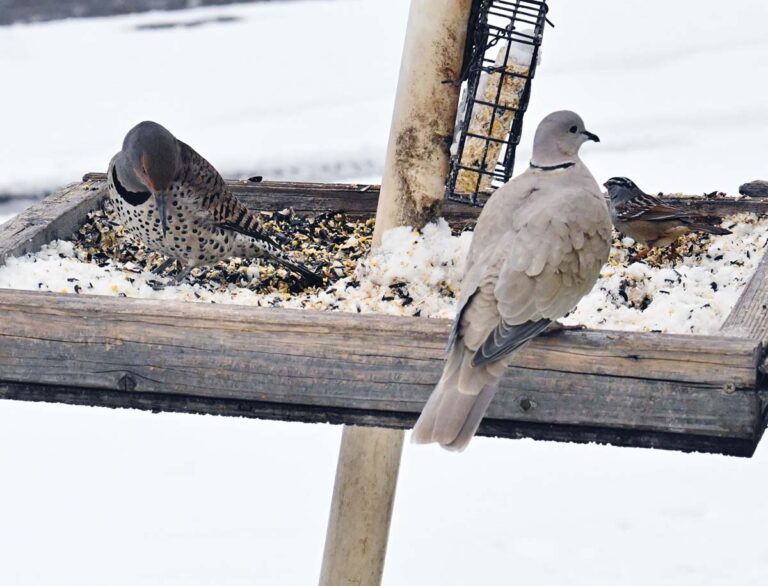Fifteen miles east lies the 16,000-acre urban wildlife refuge of Rocky Mountain Arsenal. Rocky Mountain Arsenal is home to bison, deer, eagles, coyotes, black-footed ferrets, burrowing owls, and migratory birds, with expansive 360-degree views and over 20 miles of hiking trails. The refuge is open year-round from sunrise to sunset and offers hiking, biking, archery and fishing. It is also free for all visitors! There is also an 11-mile self-guided driving tour that winds through the refuge that offers stunning views of the Rocky Mountains, from Pikes Peak to Longs Peak and beyond, as well as downtown Denver.
The area has been steeped in controversy over the years, as it is the location of extensive contamination from decades of chemical production. The United States Army bought the farmland to build Rocky Mountain Arsenal after the attack on Pearl Harbor. The facility was used to develop and manufacture chemical warfare for World War II and continued through the Vietnam war.
After the war, some facilities were leased by Shell Oil, where agricultural chemicals and pesticides were produced. Years of chemical manufacturing and subsequent disposal of waste products ultimately caused contamination of soil and the water aquifer in the area.
In 1982 all chemical production ceased, and in 1984 the Army began examining the contamination at the arsenal; in 1987, the site was placed on the National Priorities as a Superfund when a roost of bald eagles was discovered. Environmental remediation began. Up to 10 feet of soil was dug out and removed, and contaminated areas were contained and sealed. The Rocky Mountain Arsenal National Wildlife Refuge Act was passed in 1992 after the U.S. Fish and Wildlife Service discovered 330 species of wildlife at the site. The land was plowed and reseeded with prairie grass and native plants during the restoration.
In 2007 16 bison were reintroduced to the refuge from the National Bison Range in Montana. Today the bison herd is now over 180! You can view the bison lumbering about the short grass prairie along with mule and whitetail deer. In 2015 the endangered black footed ferrets were successfully reintroduced and are now thriving in the wildlife refuge.
There is beauty to be discovered year-round, and with every season at Rocky Mountain Arsenal, a highlight is viewing the sunset or sunrise. Stop by Upper and Lower Derby Lakes wildlife viewing platforms to spot several varieties of waterfowl and shore birds, including blue herons and American white pelicans. Lake Ladora Loop trail is an easy 1.8 mile that follows the lake’s perimeter and is a scenic oasis for wildlife. Rattlesnake Overlook is a short .4-mile hike that overlooks a popular area for bison and has spectacular views of the Front Range. During winter, you might spot bald eagles and their nesting sites high above in the cottonwood trees. Structures from the arsenal used for wartime efforts can be seen within the refuge. Those are still monitored and maintained by the Army.
Rocky Mountain Arsenal is one of the largest urban wildlife refuges in the nation. It is an excellent example of conservation as the site went from an active military wartime munitions factory to a peaceful wildlife oasis. Stop at the visitor center to learn more about the area’s history, habitat and wildlife. The center offers year-round activities and classes for people of all ages and abilities.
Rocky Mountain Arsenal National Wildlife Refuge is located at 6550 Gateway Road, Commerce City, CO 80022. For information, call (303) 289-0232 or visit: www.fws.gov/refuge/Rocky_Mountain_Arsenal






